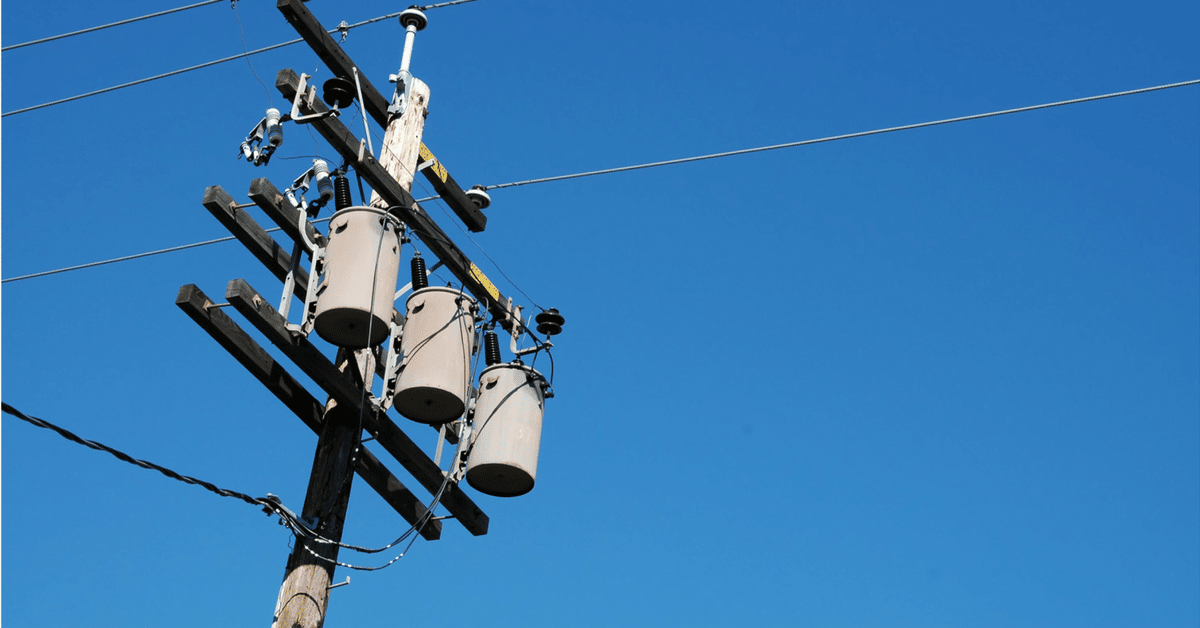Ansi o5 1 2017 provides minimum specifications for the quality and dimension of wood poles that will ultimately be used as single pole utility structures.
Typical wood utility pole diameter.
Standard dimensions for douglas fir and southern yellow pine poles standard dimensions for douglas fir and southern yellow pine poles class 7 6 5 4 3 2 1 h1 h2 h3 h4 h5 h6 min.
A renewable and plentiful resource 10 features often overlooked about the extraordinary wood pole north american wood pole council.
For example a class 1 pole has a minimum top circumference of 27 inches.
Naturally occurring defects include bark inclusions.
However not every tree can become a utility pole.
The load carrying capacity of wood poles is determined by its dimensions length and amount of taper from top to bottom.
If it is 25 feet long and cedar most utility poles are cedar the circumference measured 6 feet from the bottom must be at least 43 5 inches.
The poles described in the standard are to be as stated in the standard simple cantilever.
So the h1 is 35 to 125 feet tall but it is a minimum of 29 inches in circumference at the tip.
The wood poles shown on dwg.
The sizes go down incrementally by two inches of tip circumference.
3 inches of the pole diameter.
H5 poles can range from 45 to 125 feet tall and are no less than 37 inches in circumference at their tip.
Compression wood is notpermitted in theouter 1 inch of the pole diameter as viewed from either end of the pole.
Pole labor to install and remove temp wood pole any size light pole labor to hand dig inacessible 30ft and larger light pole labor to hand dig inacessible less than 30ft.
Four rings per inch is acceptable if growth rings have 50 latewood.
Top 4 77 5 41 6 05 6 68 7 32 7 96 8 59 9 23 9 87 10 50 11 14 11 78 12 41 length of poleminimum diameter at 6 feet from butt inches.
The lower the number after the h the smaller the pole.
Ansi national standards developed by the asc o5 committee define poles in classes based on these dimensions and the species.
Unusual quantities non stock or 0 3 2 1 revised by ck d appr.
Ansi o5 1 2017 wood poles specifications and dimensions is the result of this process.
A utility pole is a column or post used to support overhead power lines and various other public utilities such as electrical cable fiber optic cable and related equipment such as transformers and street lights it can be referred to as a transmission pole telephone pole telecommunication pole power pole hydro pole telegraph pole or telegraph post depending on its application.
We manufacture poles in classes 1 through 3 from 30 feet to 95 feet and h class poles in strength ratings to class h10 and heights up to 95 feet.











































